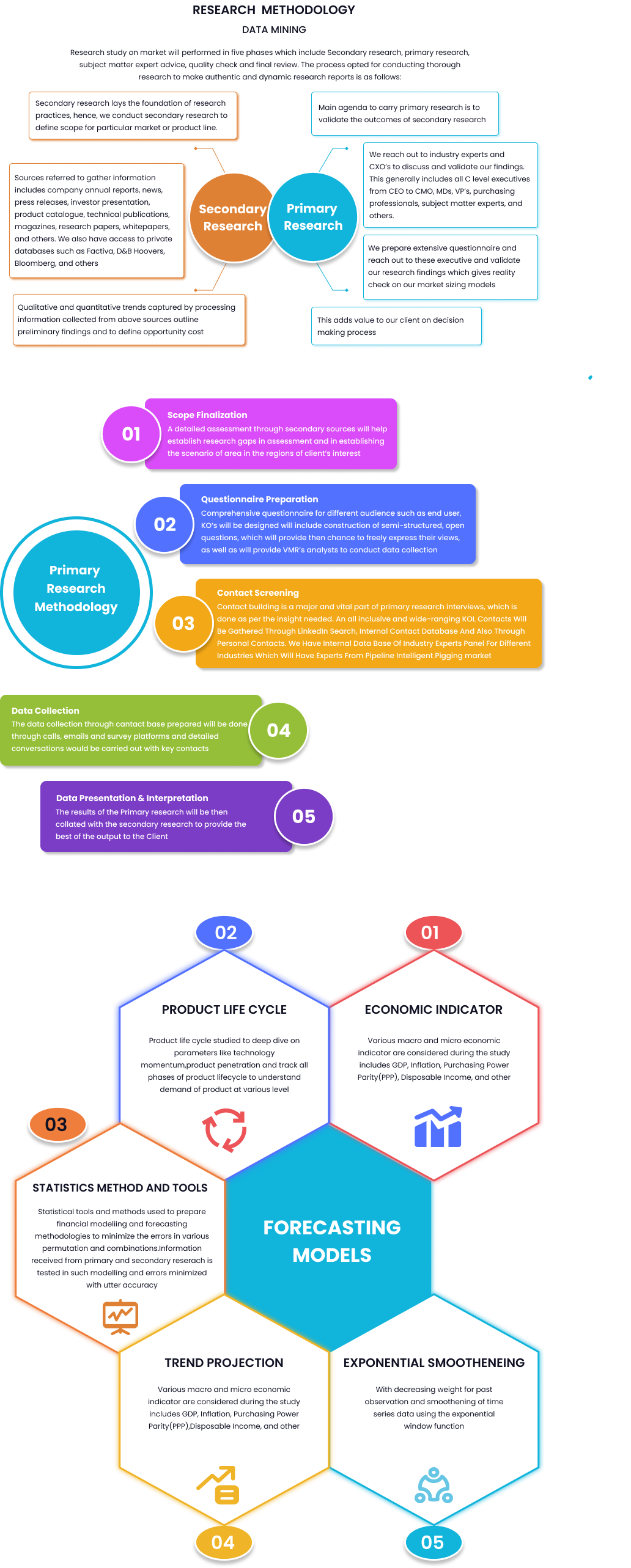
Global Baby Feeding Bottles Market By Type (Glass Bottles, Plastic Bottles, Other), By Application (0-6 Months Babies, 6-18 Months Babies, Other), By Region, And Segment Forecasts, 2023 to 2032
Report Id: 44233 | Published Date: Jul 2024 | No. of Pages: 5 | Base Year for Estimate: Jul 2024 | Format:
Market Overview:
Baby feeding bottles are witnessing a noticeable growth, with the plastic and glass segments being the major contributors. There is also an increasing demand from women for ready-to-drink baby food products such as instant milk formula. Rapidly changing workforce dynamics like an increase in the working women population have led to a rise in awareness and a need for infant care goods.
The global baby feeding bottle market was valued at USD 2.9 billion in 2023 and is projected to reach USD 3.8 billion by 2032, growing at a CAGR of 4.2 % from 2023-2032. Manufacturers are pushing boundaries with innovative bottle forms and sizes to meet the growing demand for infant feeding bottles. Various mergers and acquisitions by key companies in this industry are also fueling the market growth.
Premium Insights:
There has been an increase in demand for breast milk storage bottles as more women are choosing to breastfeed their babies, allowing mothers to pump and store breast milk for later use.
Smart baby bottles with sensors that track feeding patterns, volume and temperature are becoming more popular.
Global Baby Feeding Bottles Market Dynamics:
Drivers: Growing adoption of formula feeding, focus on innovation & functionality, increasing disposable income and growing popularity of e-commerce platforms.
-While breastfeeding remains the recommended choice, formula feeding is becoming more common for various reasons. Bottles are essential for formula-fed babies and provide a familiar feeding experience when transitioning from breast to bottle.
-Manufacturers are constantly innovating to develop bottles with features that address specific needs. This includes anti-colic vents, adjustable flow rates, ergonomic designs, and materials promoting hygiene and ease of cleaning.
-Rising disposable income in some regions allows parents to invest in higher-end baby products like premium baby bottles made from BPA-free materials, offering advanced features, or with unique designs.
-Online marketplaces offer convenient access to a wide variety of baby feeding bottles, allowing parents to compare features, prices, and reviews before making a purchase.
Restraints: Concerns regarding material safety, public health initiatives and price sensitivity.
-Concerns about the safety of certain materials used in baby bottles, such as Bisphenol A (BPA), have led to stricter regulations and a shift towards BPA-free alternatives. However, the safety of some alternative materials may not be fully established.
-Public health organizations and healthcare professionals strongly promote breastfeeding due to its well-established benefits for both mothers and babies. This can influence some parents to choose breastfeeding over bottle-feeding.
-Price sensitivity, particularly in budget-conscious segments, can be a factor. The presence of low-cost, low-quality baby bottles can create competition and safety concerns.
Opportunities: Focus on sustainability, focus on parental education and personalisation options.
-Developing baby bottles using sustainable materials like plant-based plastics or biodegradable options can cater to environmentally conscious parents and differentiate products in the market.
-Educational campaigns and targeted marketing strategies can address concerns about bottle-feeding, highlight the benefits of specific bottle designs, and educate parents on safe bottle-use practices.
-Offering customization options like engraving a baby's name or choosing from a wider range of colours and designs can enhance the appeal of baby bottles and cater to individual preferences.
Market By Baby Feeding Bottle Type Insights:
Based on product type, the market can be segmented into Plastic, silicone, glass and stainless steel. Plastic feeding bottles dominate the market owing to several factors being a cost-effective option, making them accessible to a wider range of parents in budget-conscious markets. The lightweight structure and the wide variety of designs and features also contribute to the growth.
Based on the distribution channel, the market can be segmented into Hypermarket & supermarkets, Retail pharmacies, e-commerce channels and others. Hypermarkets and supermarkets hold a dominant share for several reasons such as the convenience of shopping allowing parents to purchase baby feeding bottles alongside other baby essentials. Competitive pricing along with brand visibility offered by these places is also crucial.
Market By End-Use Insights:
Based on end-use, the primary segment is household, where parents use these bottles for daily feeding needs. The demand in this segment is driven by convenience, safety and other health benefits of using high-quality feeding bottles.
Market By Region Insights:
Based on regional coverage, the market is segmented into North America, Asia-Pacific, Europe, Latin America and Middle East & Africa. North America currently dominates the baby feeding bottle market with over 25% market share in 2023. This dominance can be attributed to several factors including rising awareness about the harmful effects of plastics on the human body and concerns about chemical contamination in these bottles. The market in this region is also charecterized by a trend towards premiumization as parents with higher disposable incomes are willing to spend on more high-quality and innovative products.
Competitive Scenario:
Key market players include Pigeon, Philips Avent, NUK, MAM, Dr. Brown’s, Medela, Tommee Tippee, Comotomo, Playtex and Lansinoh.
Scope of Work-Global Baby Feeding Bottles Market
Key Market Developments:
November 2021- Time has included its ChiccoDUO Hybrid baby Bottle in its list of the 100 best inventions of 2021. This model provides a special infusion of plastic with pure glass making it a practical and safe option for babies.
January 2022- Munchkin Inc. and Smart Plastic Technologies facilitated an exclusive cooperative development agreement to produce infant lifestyle products utilizing the ECLIPSE patent of Smart Plastic Technologies.
December 2022- A Seattle-based couple spearheaded an invention and a new business. They invented Bubbe, a high-tech feeding bottle that is designed to save parents the trouble of constantly cooling down breastmilk or formula and rapidly heating it to the perfect temperature.
Frequently Asked Questions (FAQs)
What factors are driving the growth of the baby feeding bottles market?
Ans. Key drivers include the growing adoption of formula feeding, focus on innovation & functionality, increasing disposable income and growing popularity of e-commerce platforms.
What are the major challenges in the baby feeding bottle market?
Ans. Challenges include concerns regarding material safety, public health initiatives and price sensitivity.
Who are the key players in the market?
Ans. Key players in the market include Pigeon, Philips Avent, NUK, MAM, Dr Brown’s, Medela, Tommee Tippee, Comotomo, Playtex and Lansinoh.
What opportunities exist in the market?
Ans. Opportunities include a focus on sustainability, focus on parental education and personalisation options.

Speak with an analyst to get exclusive insights tailored to your needs
.png)
